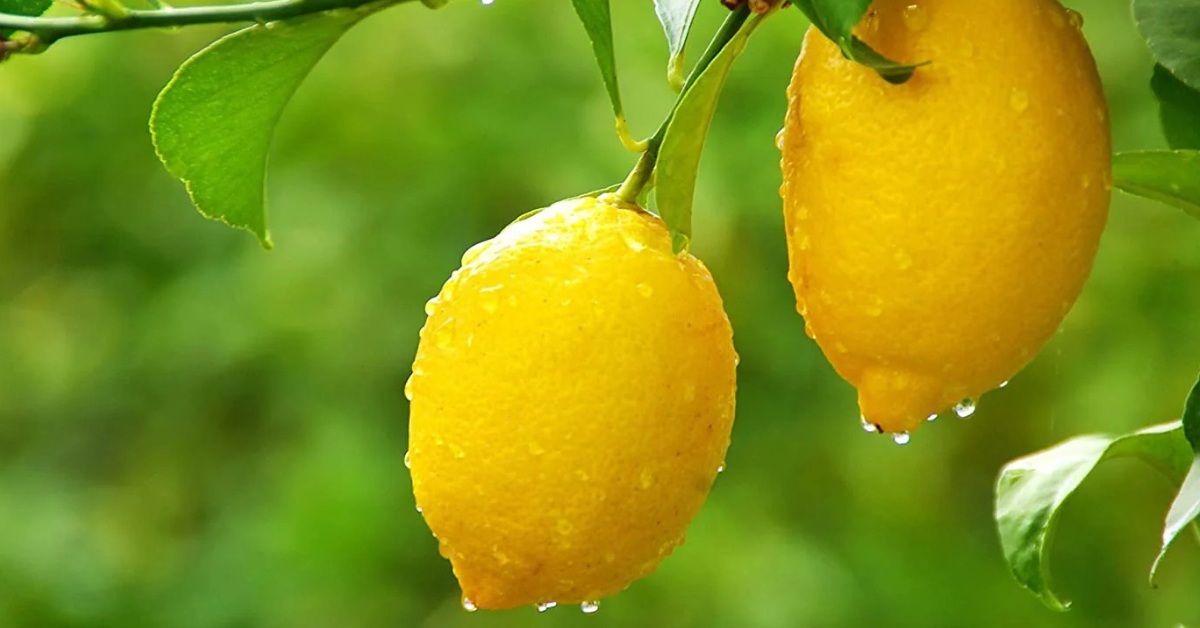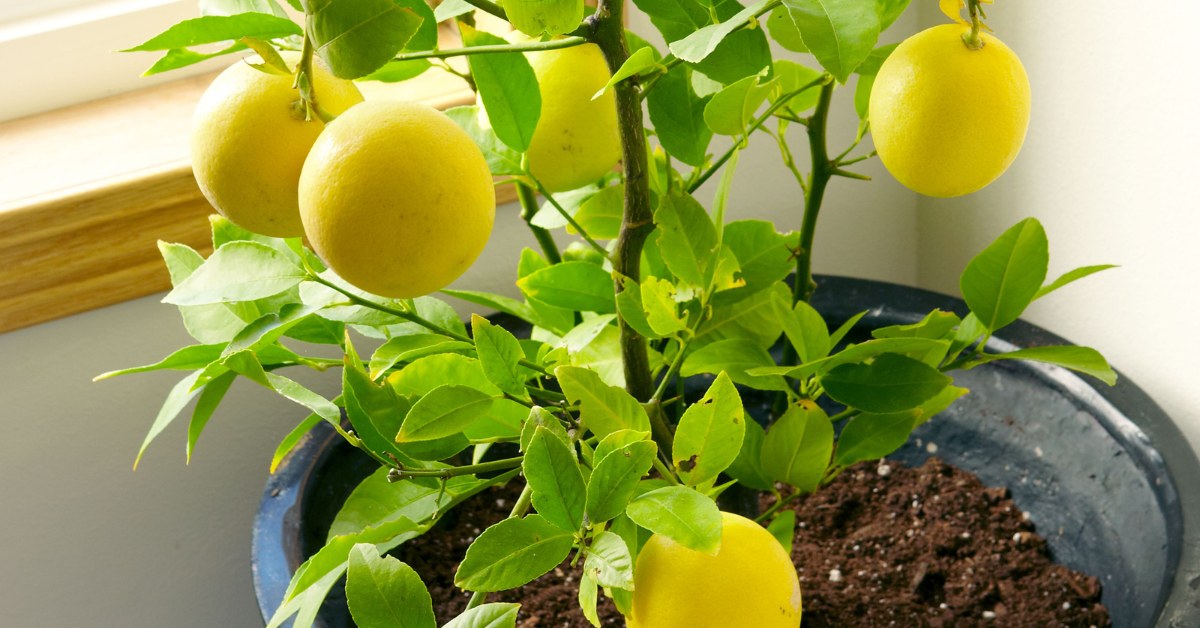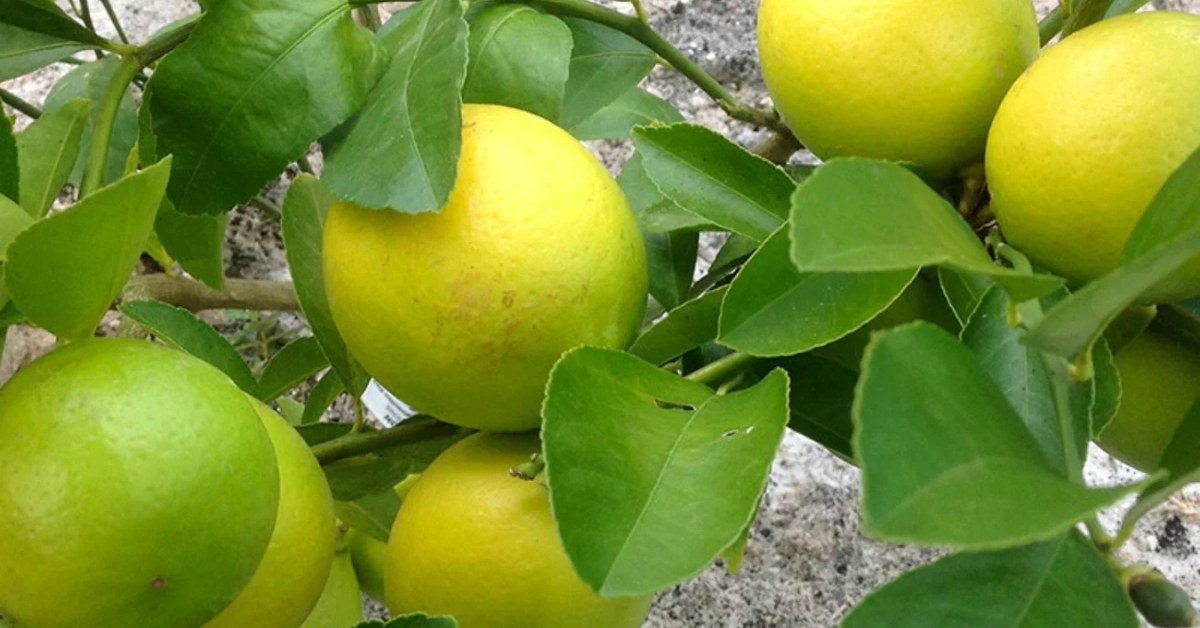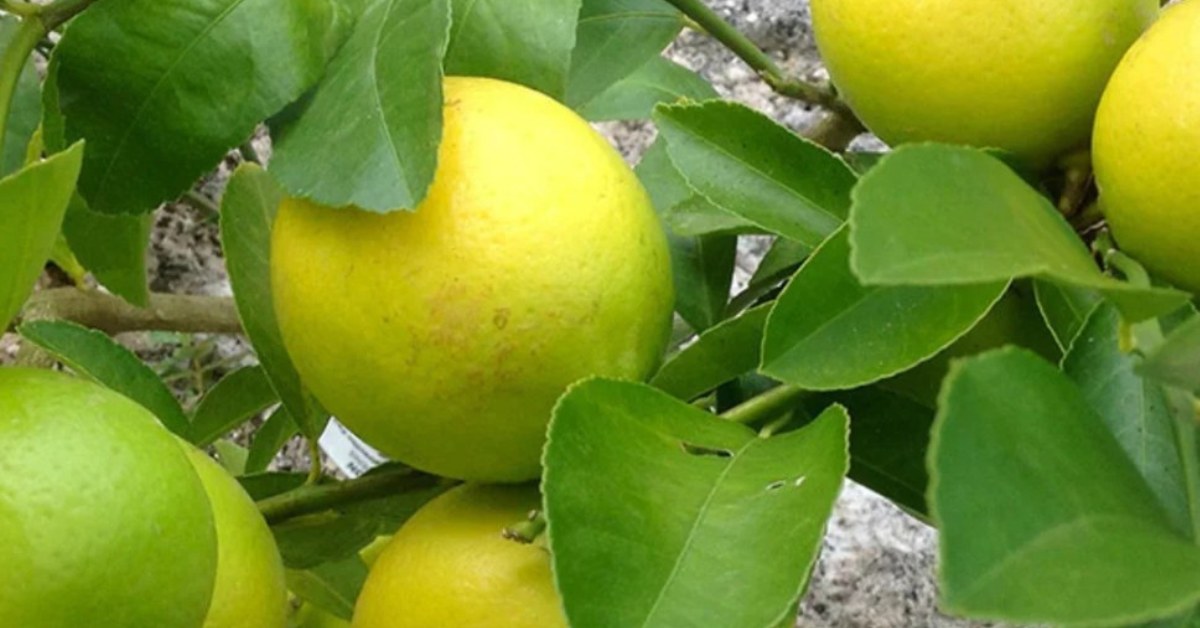Here is a Guide to Growing Lemon Trees at Home This Monsoon
If you are someone who loves pottering around in the garden or tending pots on a sunny windowsill, you will know there is nothing quite like watching something grow under your care. And when it is a plant that eventually bears fruit, like a lemon tree, the satisfaction is even greater. For many home gardeners, lemons are a dream plant because they are beautiful, fragrant, and incredibly useful in the kitchen.
The monsoon season brings with it more than just cool breezes and rainy afternoons, it also signals the start of a fresh growing cycle. With the soil damp and the air rich with moisture, this is one of the best times of the year to plant something new. And if you have been thinking about growing lemons at home, now is your moment.
Do not worry if you have never done it before; lemon trees are surprisingly resilient and adaptable, even to small spaces like balconies, terraces, or kitchen gardens. Here is how to get started, step by step, and enjoy the rewards of homegrown citrus in the months to come.
1. Choose the right lemon variety for your space and climate
Before you dig into the soil, take a moment to choose the right kind of lemon to grow. Not all varieties are suited to containers or small spaces. For home gardening, especially in pots, compact varieties like Kagzi lime, Eureka, or the sweeter Meyer lemon work well. These grow to a manageable size and still produce plenty of fruit.
 With the soil damp and the air rich with moisture, monsoon is one of the best times of the year to grow lemons; Picture source: GreenDNA
With the soil damp and the air rich with moisture, monsoon is one of the best times of the year to grow lemons; Picture source: GreenDNA
You can start your lemon plant either from seed or from a nursery sapling. While growing from seed can be a fun experiment, it takes several years to bear fruit. If you are keen to see results sooner, it is best to pick a healthy sapling from a reputable local nursery. Make sure the plant has strong and green leaves and no visible pests or damage.
2. Select the right pot and soil for healthy growth
If you are planting in a container, choose one that is at least 16 to 18 inches deep and wide. Lemons like space for their roots, and they also need good drainage. Without it, the roots can rot, especially during heavy monsoon downpours. Use a terracotta or ceramic pot with proper drainage holes, and place it on a stand or bricks to let excess water escape freely.
When it comes to soil, lemons prefer slightly acidic and well-draining soil. You can create a good mix at home by combining garden soil, organic compost, and river sand or cocopeat in equal parts. This guarantees the plant has both the nutrients and the structure it needs to grow.
3. Plant your lemon sapling the right way
Once your pot and soil are ready, plant your lemon sapling gently. Dig a hole slightly larger than the root ball, place the sapling in, and fill in around it with the prepared soil. Press down softly to secure it, and water thoroughly, but not excessively.
 Once your pot and soil are ready, plant your lemon sapling gently; Picture source: Better Homes & Gardens
Once your pot and soil are ready, plant your lemon sapling gently; Picture source: Better Homes & Gardens
During monsoon, the rain often does much of the watering for you. That said, always check the soil before adding more water. If the top inch feels damp, wait for a day or two. Overwatering is a common mistake, especially in the rainy season.
4. Care for your lemon plant during the rainy season
Monsoon can be both a blessing and a challenge for lemon plants. While the moisture helps the roots settle in, the high humidity and constant dampness can attract pests and cause fungal issues. Keep an eye out for common signs like curled leaves, black spots, or sticky residue.
To protect your plant:
- Move potted plants under shelter during very heavy rain
- Add a layer of dry mulch (like coconut husk or straw) to keep weeds down and retain warmth
- Prune any weak, yellowing, or overcrowded branches to promote airflow
If pests like aphids or mealybugs appear, you can spray the plant with neem oil mixed with water, which is a safe and effective natural remedy.
 Move potted plants under shelter during very heavy rain if you want your lemons to grow well; Picture source: Hug A Plant
Move potted plants under shelter during very heavy rain if you want your lemons to grow well; Picture source: Hug A Plant
4. Feed your lemon tree and support flowering
Lemon trees are hungry plants, especially when growing or preparing to flower. Feed your plant every few weeks with homemade compost, vermicompost, or a mix of cow dung, crushed eggshells, and wood ash. This keeps the soil rich in nitrogen and potassium, which are key nutrients for healthy fruiting.
You will know your efforts are paying off when small, white, and fragrant flowers begin to appear. With enough sunlight and nutrition, fruit formation will follow soon after.
5. Encouraging pollination and knowing when to harvest
If your plant is outdoors, bees and butterflies will usually take care of pollination for you. For indoor or balcony plants, you can hand-pollinate using a soft brush, gently transferring pollen from one flower to another.
Once the lemons have grown to full size and turned yellow (or light green, depending on variety), they are ready to pick. Use scissors or garden shears rather than pulling them off, which can damage the branches.
 Feed your plant every few weeks with homemade compost, vermicompost, or a mix of cow dung to keep the soil rich in nutrients; Picture source: Ugaoo
Feed your plant every few weeks with homemade compost, vermicompost, or a mix of cow dung to keep the soil rich in nutrients; Picture source: Ugaoo
It is always special to see the first fruit appear on a tree you have looked after from the start. Growing lemons at home is a slow, satisfying rhythm of care, patience, and reward. And with the monsoon making the soil and air so welcoming, there is no better time to start. So if you are standing by the window, mug in hand, watching the rain fall, why not plant a lemon tree this weekend? It might just be the beginning of your favourite gardening journey.
News